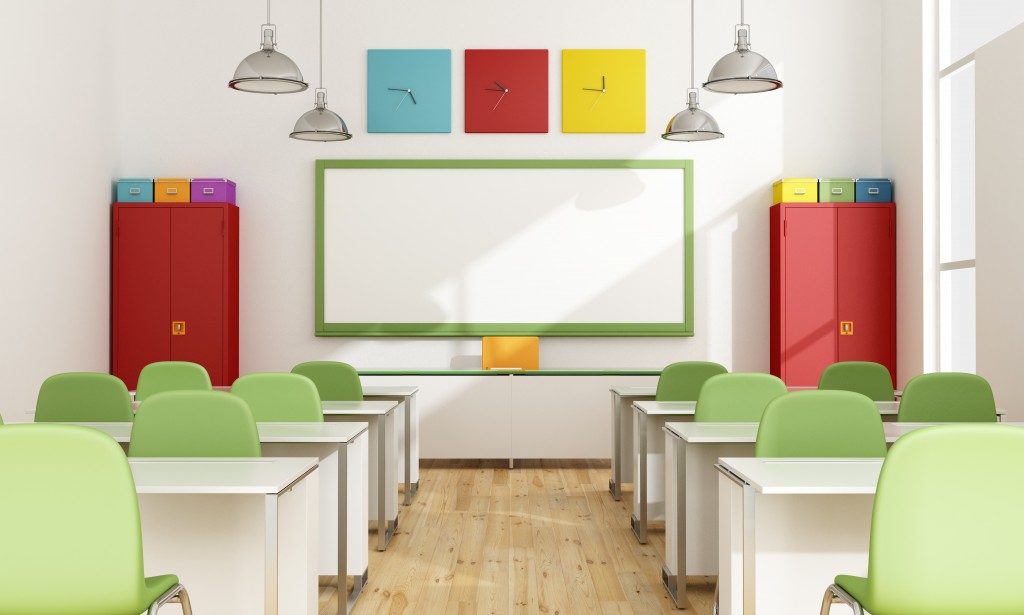Generational differences have become a hot topic in workplaces lately, as the workforce becomes all the more diverse. Not only have you seen a surge of millennials joining Gen Xers, but you’ve also most likely welcomed the Gen Z, more popularly known as the “true digital natives.”
While this multigenerational workforce sounds like a stronger, better force, it does present a lot of challenges. It’s important for business leaders like you to identify such, so you can make the necessary adjustments, make employees grow, and let them work for your vision. Below are some of the challenges you need to consider.
Communication
Each generation has a distinctive way of communicating to colleagues. Gen Xers, for one, mostly prefer email correspondence. Millennials, growing at a time when texting was the norm, favour SMS over email. For Gen Z, their version of text is apps. They were born in the era of icons in gadgets where almost everything is touch-screen, so they’re more inclined to communicate with technology involved — and not just any other tech though, but a sophisticated, responsive one.
Now, the dilemma in these communication preferences is that without a clear guideline, everyone will just do their own thing, and they will find themselves either missing an important meeting announcement or worse, offending each other with their way of communication. The best thing to do is to roll out a communication policy so that you’re all on the same page.
Work Environment
 Your employees’ productivity depends a lot on the place they’re working at. Take note, they’re very much influenced by their generation’s sensibilities when it comes to office design. For instance, Gen Xers appreciate private offices, as they’re very individualistic and work-oriented. Remember they’re the generation with two-income families, increasing divorce rates, and wavering economy, growing up.
Your employees’ productivity depends a lot on the place they’re working at. Take note, they’re very much influenced by their generation’s sensibilities when it comes to office design. For instance, Gen Xers appreciate private offices, as they’re very individualistic and work-oriented. Remember they’re the generation with two-income families, increasing divorce rates, and wavering economy, growing up.
Millennials and Gen Z, on the other hand, gravitate towards open offices, despite its documented (and well-researched) booboos. They welcome face-to-face communication and collaboration as a much-needed break from social media and devices.
Having said all of these, it’s better to have a mix of private and collaborative spaces in your office. Provide some small nooks for those who want to work on their own, as well as huddle rooms for those who need quick brainstorming sessions with others. Of course, never neglect the importance of having modern office furniture.
Technology
In a multigenerational workforce, the issue in technology is in the learning curve. Millennials and Gen Z will probably have little to no problem tinkering around your new accounting software or communications platform, but their over-familiarity with devices may keep them from learning new things.
On the other hand, the Gen X, although no stranger when it comes to tech, are in that age wherein they would need a little more time when it comes to getting used to new devices. To empower your employees, invest in high-quality, meaningful training programs. Structure your programs in such a way that the young ones will find value in it, despite knowing much about tech.
Perhaps you can challenge them to try it themselves, on their own. Just to sustain their interest. At the same time, consider your older employees. Be sensitive to how they’re keeping up with jargons and all.
Take a look around your office and your diverse staff. Consider the generational differences among your employees. Are you building a stronger and better multigenerational workforce?



